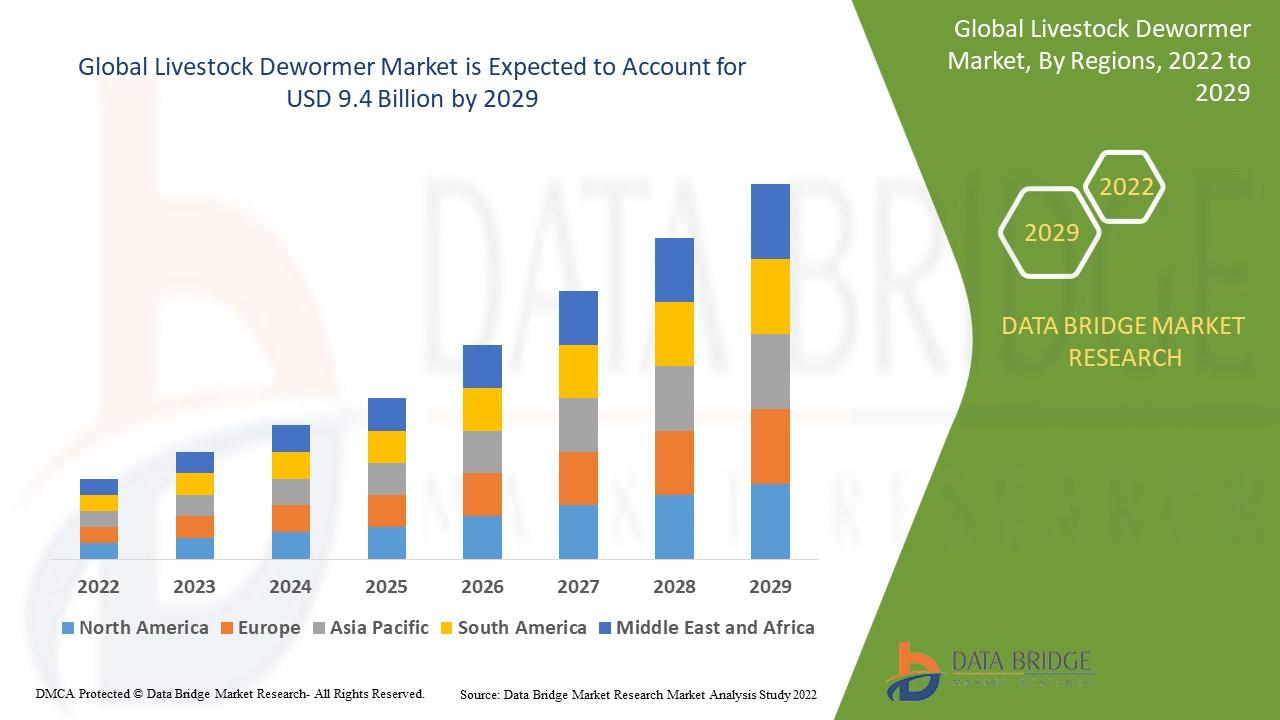Can Bitcoin Reach 1 Million? Expert Analysis of BTC Price Potential

Bitcoin (BTC) remains the undisputed leader in the cryptocurrency market. Since its creation in 2009, it has grown from a niche experiment to a global financial asset recognized by retail investors, institutions, and even governments. Many debates circle around one core query: can Bitcoin reach 1 million in the future?
This article provides a detailed outlook on Bitcoin’s growth potential, future price possibilities, adoption trends, and what these milestones mean for long-term investors.
Bitcoin’s Journey So Far
Bitcoin started as a peer-to-peer digital currency, introduced by the pseudonymous Satoshi Nakamoto. Over the past decade, its price history has been marked by cycles of rapid growth, corrections, and long-term upward trends.
-
2010: Bitcoin traded at less than $0.10.
-
2013: Reached its first major milestone at $1,000.
-
2017: Surged to nearly $20,000.
-
2021: Hit an all-time high above $69,000.
Each bull run has historically been fueled by increasing adoption, halving cycles, and institutional interest. Now, as we enter a new cycle, analysts are wondering if the next targets could be $200K, $500K, or even $1M.
Key Factors Driving Bitcoin’s Future Price
1. Bitcoin Halving Cycles
Every four years, Bitcoin undergoes a halving event that reduces mining rewards by 50%. This event historically triggers supply shocks, leading to price increases. With the latest halving reducing block rewards to just 3.125 BTC, scarcity will continue to push upward pressure on price.
2. Institutional Adoption
The approval of Bitcoin ETFs, entry of companies like Tesla, MicroStrategy, and growing interest from hedge funds highlight institutional confidence. This adoption strengthens Bitcoin’s legitimacy as a store of value.
3. Macroeconomic Conditions
With rising global inflation and weakening trust in fiat currencies, Bitcoin is increasingly being viewed as “digital gold.” Investors seek it as a hedge against currency devaluation.
4. Global Regulations
Stricter but clearer regulatory frameworks are expected to bring confidence to the market. With countries like the U.S. and EU moving toward formal regulation, mainstream adoption could expand further.
5. Technological Improvements
The Lightning Network and Layer-2 solutions are enhancing Bitcoin’s scalability, making it not only a store of value but also a more practical medium of exchange.
Bitcoin Price Potential: Breaking Down the Targets
Can Bitcoin Hit $200,000?
The $200K target is seen as achievable by many analysts within the next major bull cycle. Factors supporting this include limited supply, growing institutional demand, and increased retail adoption. If Bitcoin captures just a fraction of global gold’s $14 trillion market cap, a $200K valuation per coin looks realistic.
What Investors Should Know:
-
Likely achievable within 2–4 years if the bullish cycle continues.
-
Strong demand from ETFs and institutions could accelerate this move.
-
Represents a 3x gain from previous highs, well within historical trend patterns.
Can Bitcoin Reach $500,000?
The $500K milestone reflects Bitcoin moving beyond being a speculative asset into the realm of global financial infrastructure.
Why $500K is Possible:
-
If Bitcoin matches half of gold’s total market cap, it could reach this level.
-
Growing adoption in countries with unstable fiat currencies could accelerate the push.
-
Institutional investors holding Bitcoin as part of diversified portfolios could make this target achievable.
Can Bitcoin Reach 1 Million?
The biggest question investors ask is: can Bitcoin reach 1 million? While it may sound ambitious, it is not impossible when analyzing Bitcoin’s scarcity and global potential.
Key Arguments for $1M Bitcoin:
-
Scarcity: With only 21 million coins ever to exist, supply is fixed. As demand grows, so does the price.
-
Global Reserve Asset Potential: If Bitcoin becomes a recognized reserve currency for governments, $1M valuations could be justified.
-
Institutional Capital Inflows: If pension funds, sovereign wealth funds, and insurance companies allocate just 1–5% into Bitcoin, $1M could become realistic.
-
Macro Trends: Global debt, inflation, and currency debasement could push people toward Bitcoin as a secure store of value.
When Could This Happen?
-
Conservative estimates: within 15–20 years.
-
Optimistic projections: within the next decade, if adoption accelerates at an exponential rate.
Benefits of Bitcoin in the Future
-
Hedge Against Inflation: Bitcoin’s capped supply makes it resistant to inflationary policies that plague fiat currencies.
-
Borderless Transactions: Enables fast, secure, and permissionless global payments.
-
Portfolio Diversification: Provides non-correlated returns, balancing traditional investments like stocks and bonds.
-
Institutional Acceptance: With ETFs and mainstream adoption, liquidity and market stability will increase.
-
Potential for Life-Changing Returns: Long-term holders benefit from Bitcoin’s asymmetric upside potential.
Long-Term Vision: Bitcoin as Digital Gold
If Bitcoin becomes widely accepted as “digital gold,” its market capitalization could surpass $10 trillion. In such a scenario, Bitcoin at $500K or even $1M is entirely feasible. Beyond price, Bitcoin’s true power lies in reshaping how value is stored, transferred, and preserved globally.
Final Thoughts
Bitcoin’s journey is far from over. The possibilities of hitting $200K, $500K, and even $1M are rooted in fundamentals like scarcity, adoption, and institutional demand. While risks remain, Bitcoin continues to present a compelling case as the financial asset of the future.
For investors, the critical question is not just will Bitcoin reach these price levels? but rather how prepared am I to take advantage of the opportunity if it does?






